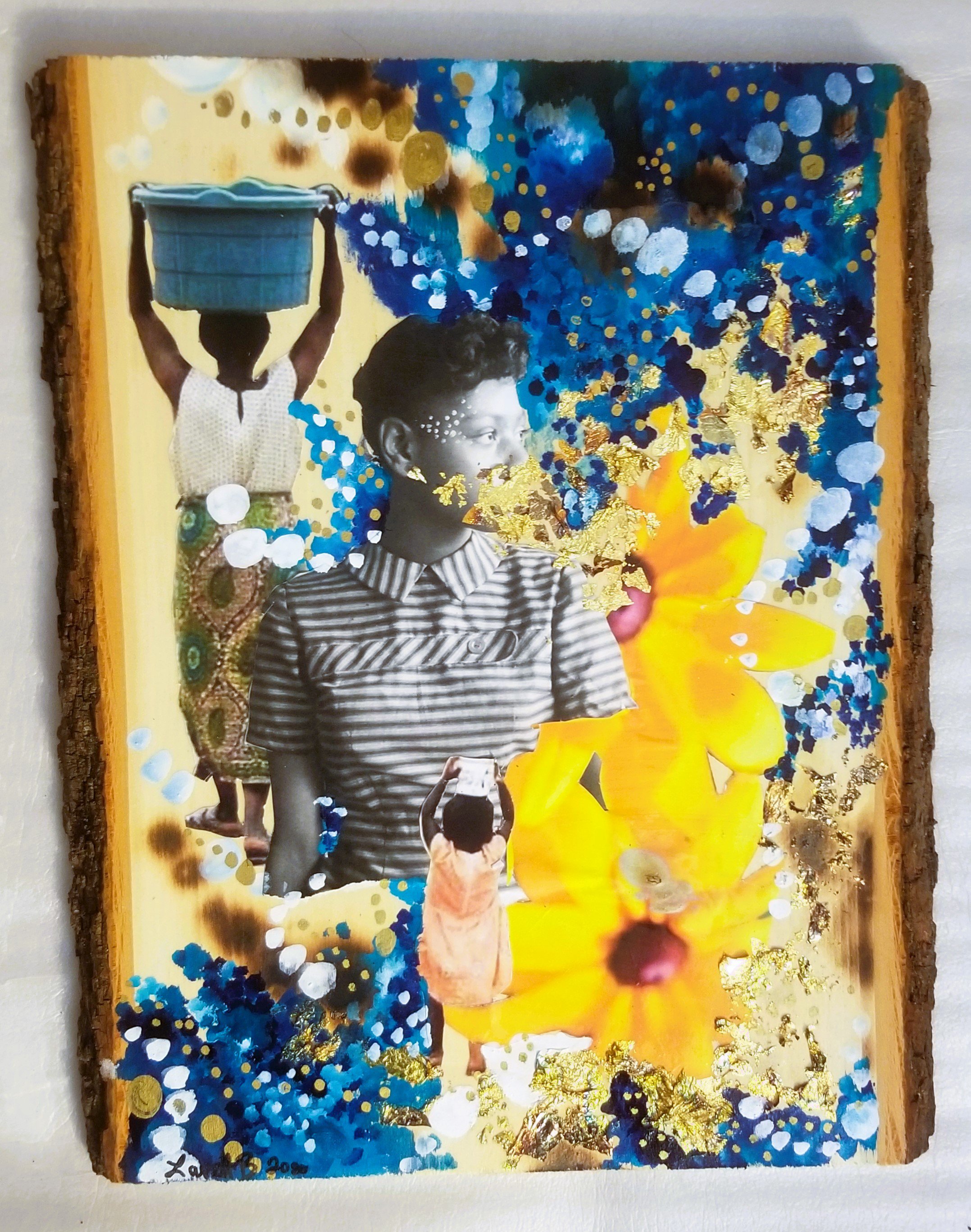Mental Wellness Through Creative Work
Professor Tanisha Jackson's book exploring Black women artists’ influence on wellness within their communities is funded by an Association of American University Women (AAUW) fellowship.

Black and African American women face unique challenges when it comes to healthcare, and in particular mental healthcare, in the United States. In fact, studies have shown that Black women receive mental health services at less than half the rate that white women do. The reasons are multifactorial and include systematic and economic barriers to care as well as perceived social stigma, but the realities of unmet needs are clear.
Does art have a role to play in filling that void? On the surface, the fields of mental health and visual art seem disparate and disconnected. Throughout history and across cultures, however, the two have often been linked—with artwork and even art spaces acting as conduits for communication, and as means to lift up and sustain communities. One of the most compelling examples of this is within the community of contemporary Black women artists.
Tanisha Jackson, assistant professor of African American Studies and executive director of the Community Folk Art Center, has been awarded the American Postdoctoral Research Leave Fellowship by the Association of American University Women (AAUW) for academic year 2024-2025. She will use it to critically examine how contemporary Black women artists have found ways to use art to facilitate wellness for themselves and their peers, and complete her book project, The Art of Self-Care: Black Women Art Ecosystems as Sites of Wellness.
The book will shine a spotlight on eleven artists and art practitioners, through an analysis of visual narratives, personal narratives and artmaking practices. Centering around Black women's intellectual voices, this study “challenges and broadens existing concepts of Black women's wellness used by mental healthcare practitioners,” says Jackson. “It extends public and philosophical debates on Black women's history, visual and community-based art, and health by demonstrating how Black women artists understand and activate a process of wellness through creativity.” Further, Jackson’s work explores how these artists mobilize in collectives and Black art spaces—referred to as Black Women Art Ecosystems (BWAEs)—to support one another and sustain their work.

Some of the artists highlighted in the book will include Lavett Ballard, Vanessa German, Delita Martin, Shanequa Gay, Tawny Chatmon, Lava Thomas, Diane Smith and Amber Robles-Gordon. Jackson will analyze oral histories from the artists as well as archival materials such as letters, newspaper articles, art catalogs, in addition to the art works themselves. Essential records found within "Entitled: Black Women Artists collection" at The Schomburg Center for Research in Black Culture, as well as at the Moorland Spingarn Research Center, will be pivotal to the study.
For Jackson, the fellowship will fund research and writing time while facilitating professional connection. “Engaging with fellow scholars through conferences and seminars funded by the fellowship is a unique opportunity,” she notes. “These interactions offer collaborative discussions, interdisciplinary exchanges and constructive feedback, not only elevating the academic quality of my work but also fostering a sense of community.”
The AAUW American Fellowship was established in 1888, at a time when, by the association’s own description, “women were discouraged from pursuing an education.” It is the association’s largest fellowship program and the oldest non-institutional source of graduate funding in the United States. AAUS American Fellowships go to full-time post-doctoral researchers completing their dissertations or preparing research publication for 8 consecutive weeks. Selection for the fellowship is based on “scholarly excellence; quality and originality of project design; and active commitment to helping women and girls through service in their communities, professions, or fields of research.”
